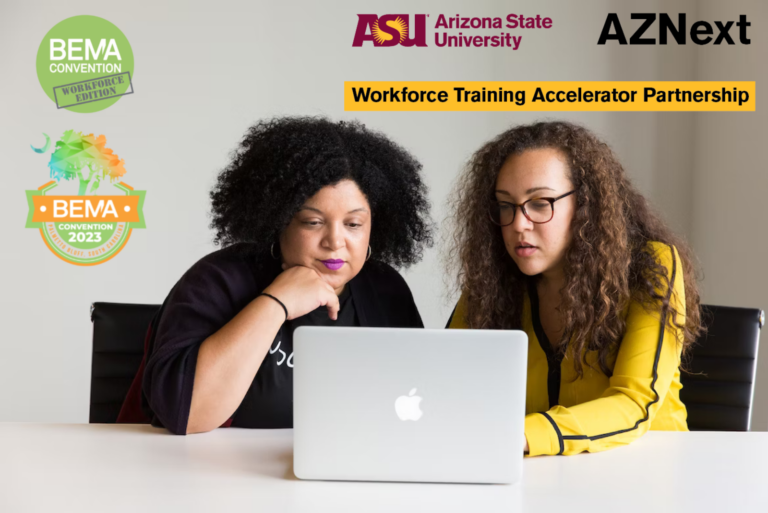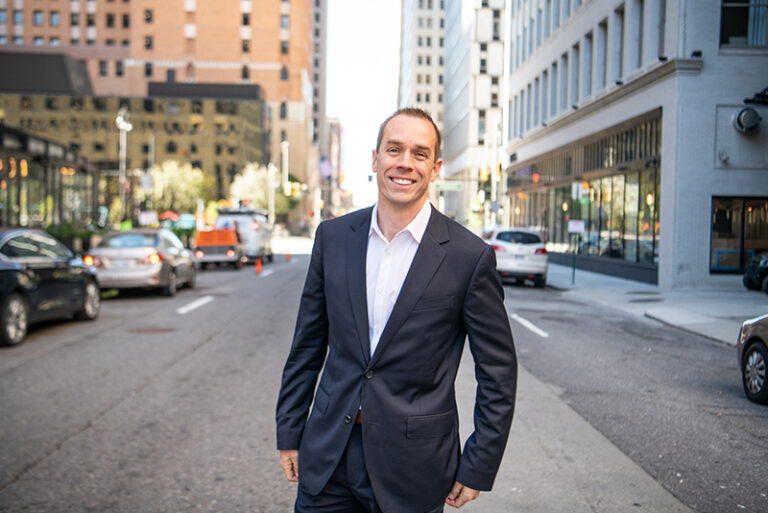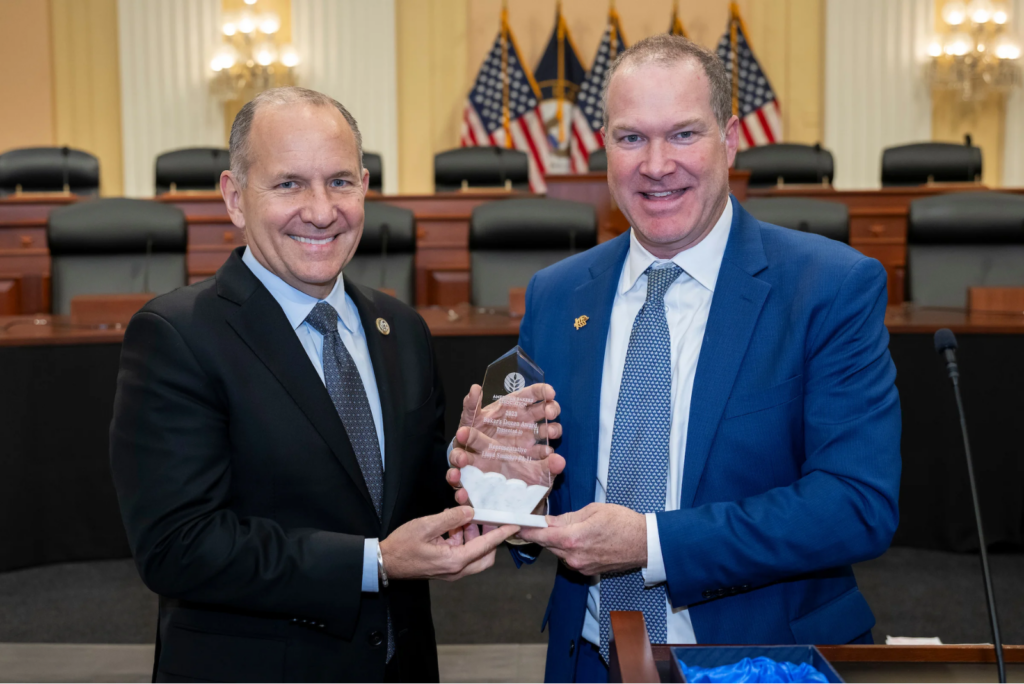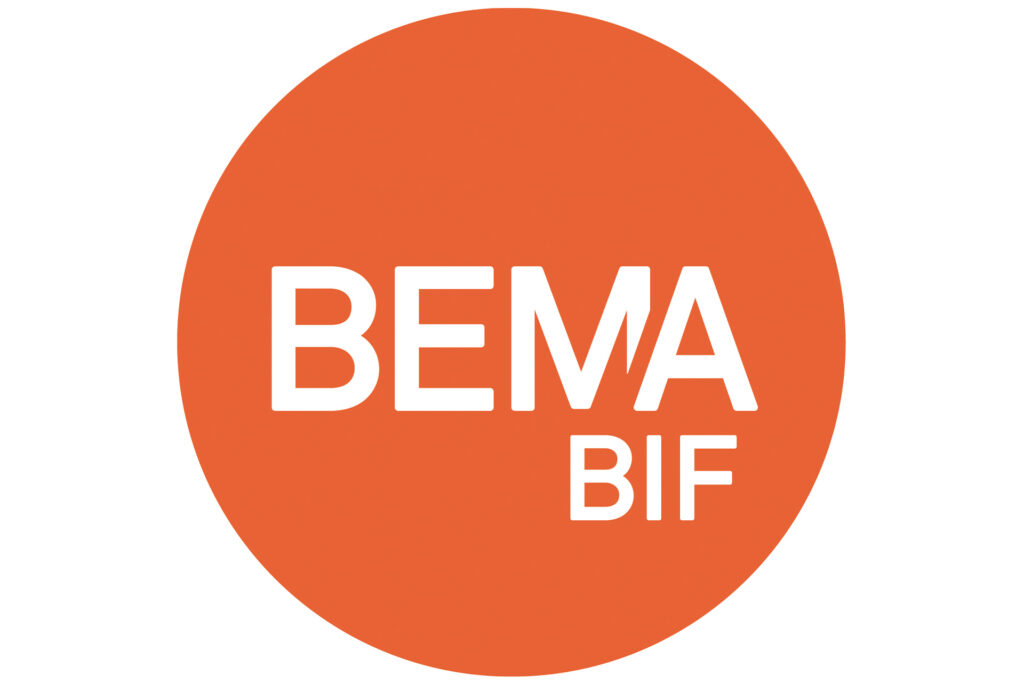BLUFFTON, SC — As part of BEMA’s annual convention, taking place June 20-24 in Bluffton, SC, the association partnered with Arizona State University to host three virtual workforce-related sessions as part of its Workforce Wednesday on June 21.
The first session, Digital Twin and Industrial Internet of Things (IoT): A Technical and Business Discussion, focused on IoT-related themes, including project development and workstreams. Raghu Santanam, senior associate dean and professor at ASU’s W.P. Carey School of Business, and Binil Starly, school director and professor at the university’s Ira Fulton Schools of Engineering, led the discussion.










